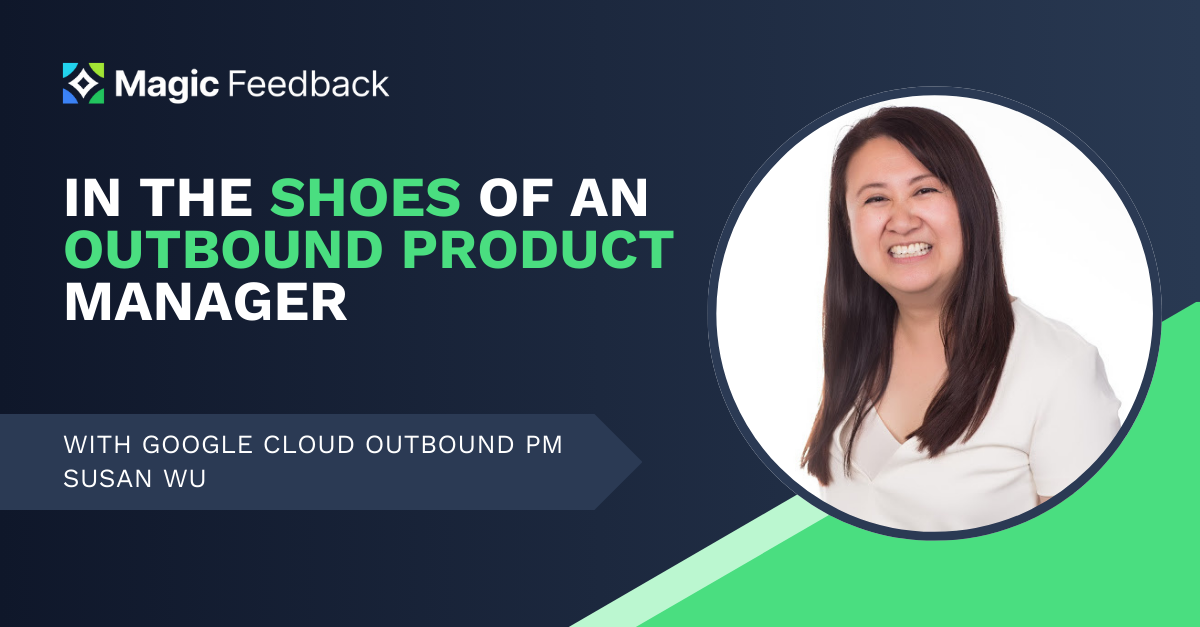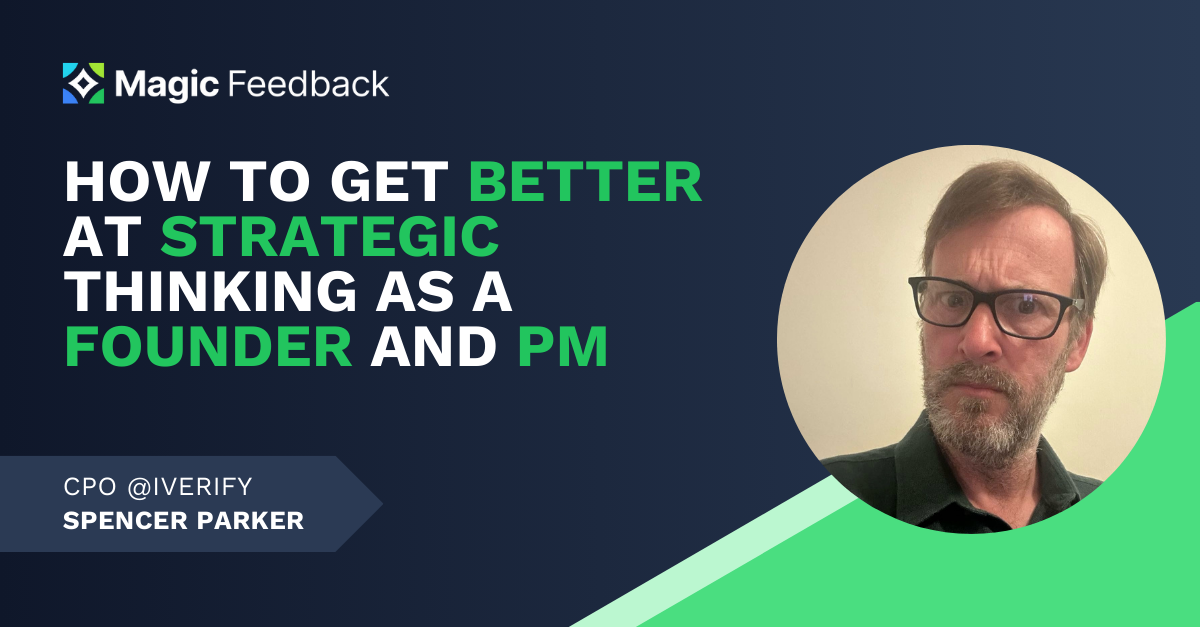
For this thought leadership article I met Susan Wu, an outbound product manager for Google Cloud. Susan is a seasoned product leader with a wealth of experience and one of the pioneers in the outbound product management field. She sits down with me today to share her practical tips on what an outbound product manager is and how one can embark on such a career.
How did the outbound product management role originate?
“Outbound product management isn’t a big population of people. I think it may have originated from Oracle, and there are still outbound product managers in Oracle. Then, when Thomas Kurian moved over to Google Cloud about six years ago, he may have brought this function over.”
Many people are still not clear on the difference between what inbound and outbound product management is. Can you shed some light?
“There’s been a number of articles written about outbound product management, the first one from Richard Seroter, and a follow-on article from Marc Abraham.
The big difference between outbound and inbound is that in outbound, you actually work with engineers to build products. In outbound product management, which is on the same track as inbound product management, the scope may be building and advocating, gathering requirements for cross-cutting solutions based on more than one product. One example is our customer design panels. We invite customers and give them a confidential briefing about solutions (instead of a briefing on a particular product) we’re thinking about building or still in the concept phase.”
She continues:
“We do this in two ways: sometimes in kind of a survey, and sometimes we conduct UX Research. Both of these methods can give us a sense of whether customers would consume this when we finally build out the feature down the road. I really like that part.” One example of this UX study is showing customers how to model multinetworking in GKE about a year ago. Fast forward 12 months later, the UI and workflows to configure multinetworking for pods are live on the GKE console.
I find that customers are willing to share their planned initiatives and in-use 3rd party products. I am fortunate that we have trusted relationships with customers.
For an outbound product manager, it’s even more complex because you’re not just thinking about your own products. You’re thinking about the whole ecosystem, how your product can integrate with 3rd party products to form solutions. In doing so, you can uplevel your thought process and provide a more holistic solution to the problem.”
In a company, how do the two disciplines coexist?
“Inbound and Outbound Product management generally both reports into Engineering and can be a finite resource. In resource-constrained companies, you may be responsible for both inbound and outbound functions within a single role. It’s more of a prioritization issue, do you prioritize for feature velocity, reduce tech debt, 3rd party integrations or something else. This can be a balancing act. However, decisions or lack thereof can lead to blockers for customer adoption or by a certain segment of your customer base.”
In her experience, what are potential pitfalls resulting in only focusing on inbound product management?
“There is a tendency to become “inward-facing” as an inbound product manager as we are deeply involved with product releases. Adopting an “outside-in perspective” could help product managers get a broader perspective from the customers, especially from those using competing products, and try to uncover the hidden gem and provide a novel approach to unlock more business value for customers.
A case in point, some customers required some must-have observability solutions and we had to find a way to prioritize the 3rd party integration to clear the path to adoption.”
Her advice to how all PM can secure the coveted engineering resources?
“Engineering will always be a limited resource and will always be a negotiation between PM and engineering. I think the PMs that involve engineering in customer discoveries and journey mapping would be able to build a stronger partnership.”
What size company would you recommend that starts to split the discipline?
“In a startup, the same person may be responsible for inbound, outbound product management, product marketing, and tech marketing and more. In my opinion, any company that is focused on landing new customers or expanding consumption with new services would benefit from having outbound product management.”
Can you share with me some advice for those that are just starting in product management and they want to become outbound product managers?
“If you are currently a product manager, think about the outcome you want to achieve and if having access to customers would help you validate the use case, try to find ways to meet with customers, look for information in support tickets and escalations. If you can address the issues, dive in. If you cannot, try to shorten the distance between the customer with the fixes.
Another tip – start by already doing as much outbound as you can in your current role.
The outbound product management role is an evolving role and the value is not always well understood. Compared to inbound PM roles, there seems to be fewer open outbound PM roles in the market. I do see more and more companies, especially SaaS and cloud companies, investing in this function.”
What is one advice that she has received in her life that has stayed with her to this day?
“The best advice that I ever got was from a retired tech executive, “If nobody on the outside wants you, I don’t want you either.” The subtle message is to keep investing in keeping up with the latest knowledge and sought-after skills.. More importantly, continue to grow your personal network with people who are willing to advocate for you within your own company or in the industry.”
And what is one advice you would like to give to aspiring outbound product managers?
“The PM role has a broad scope where you could be self-directed. “My own quote is, “It’s not what you drive; it’s what drives you.” Careers are not like self-driving cars in which the autonomous system takes over. You get to drive it.””


